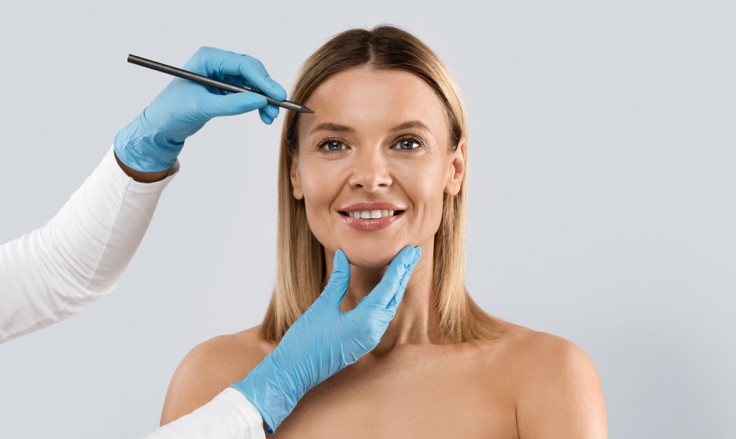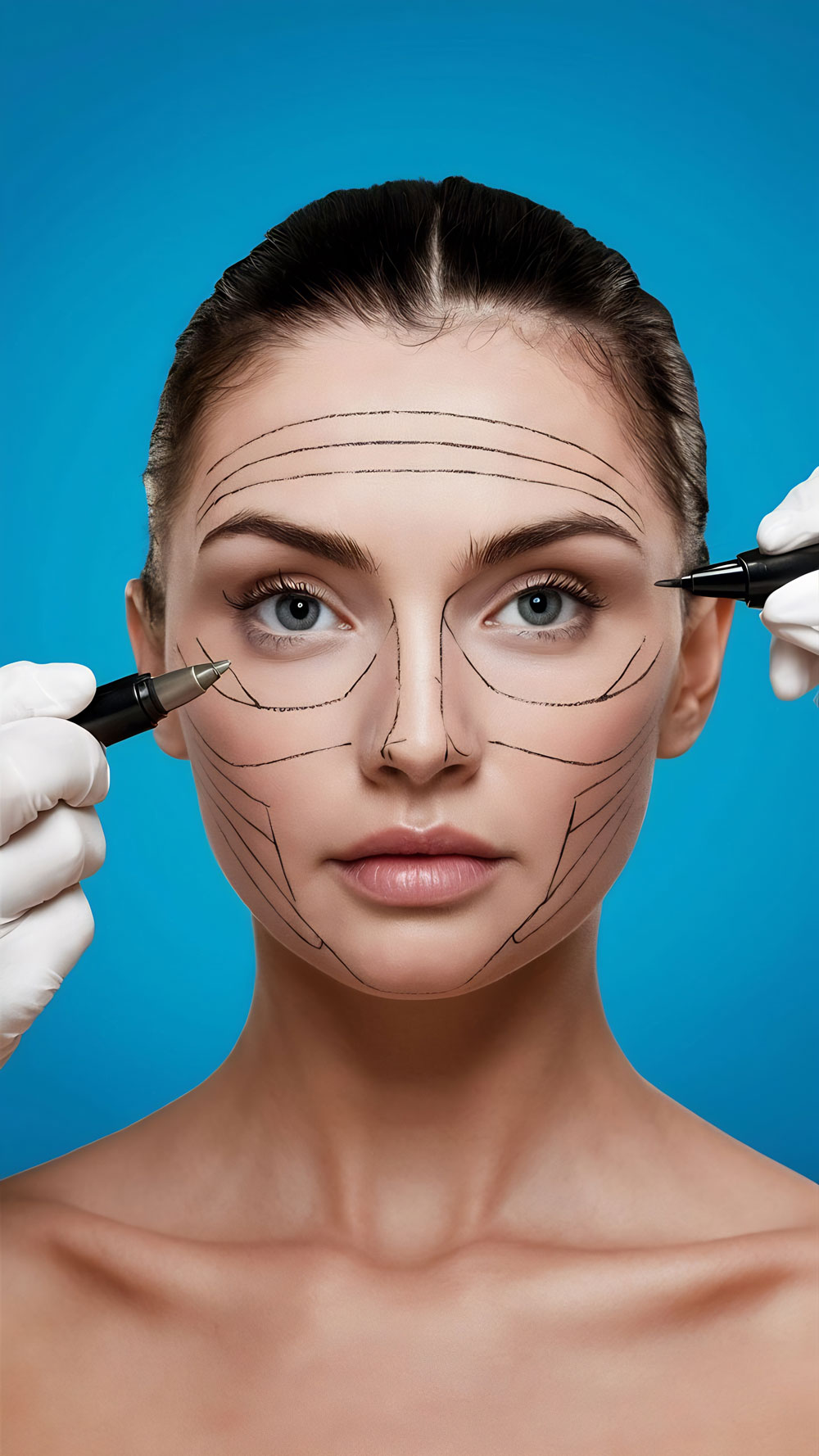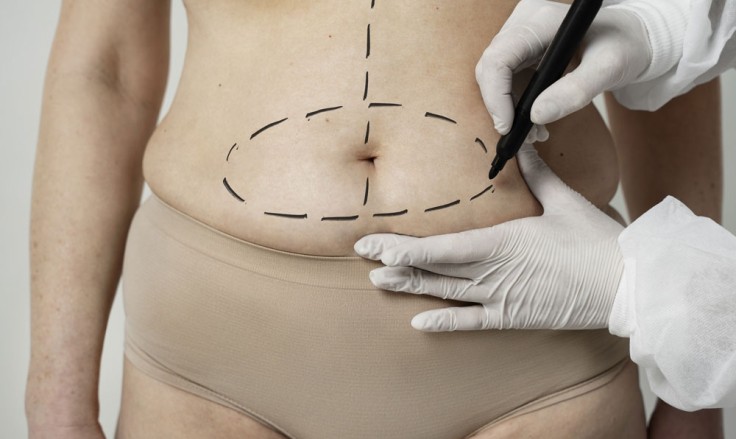Everything You Need to Know About Forehead Lift
Introduction
A forehead lift, also known as a brow lift, is a cosmetic procedure designed to rejuvenate the upper portion of the face. This procedure smooths wrinkles, lifts sagging brows, and restores a youthful appearance to the forehead area. Whether you're considering a forehead lift for aesthetic reasons or to improve your vision by lifting drooping brows. Understanding the procedure is essential. This article covers everything you need to know about a forehead lift.
What is a Forehead Lift?
A forehead lift is a surgical procedure aimed at reducing the visible signs of ageing on the forehead and brow area. The procedure can correct issues such as:
- Sagging Brows: Lifting drooping brows that can make you look tired or angry.
- Forehead Wrinkles: Smoothing deep horizontal lines across the forehead.
- Frown Lines: Reducing vertical creases between the eyebrows.
- Brow Asymmetry: Correcting uneven brow height to create a more balanced appearance.
Types of Forehead Lifts
There are several techniques for performing a forehead lift, each with its benefits and considerations. Your surgeon will recommend the best approach based on your specific needs and goals.
- Traditional Forehead Lift: Also known as the coronal lift, this technique involves making an incision across the top of the head, hidden within the hairline. It is effective for significant lifting and smoothing but may not be suitable for everyone due to the longer incision.
- Endoscopic Forehead Lift: This minimally invasive technique uses several small incisions hidden within the hairline. An endoscope, a small camera, is used to guide the surgery. This method results in less scarring and a quicker recovery compared to the traditional lift.
- Temporal or Limited Incision Forehead Lift: This technique targets the outer part of the brows and upper eyelids. It is ideal for patients who need only moderate lifting. The incisions are smaller and placed near the temples.
The Forehead Lift Procedure
Understanding the steps involved in a forehead lift can help you prepare for the surgery.
- Anaesthesia: The procedure is typically performed under general anaesthesia or local anaesthesia with sedation. Your surgeon will discuss the best option for you.
- Incision: Depending on the technique used, the surgeon will make incisions either along the hairline or within the scalp. For endoscopic lifts, small incisions are made, allowing for minimal scarring.
- Tissue Adjustment: The underlying tissues are lifted and adjusted to smooth wrinkles and elevate the brows. Excess skin may be removed to create a more youthful contour.
- Closing the Incision: The incisions are closed with sutures or staples, and the area may be bandaged to minimise swelling.
Recovery After a Forehead Lift
Recovery time varies depending on the technique used and individual factors. Swelling and bruising are common in the first few days and should gradually subside. Keeping your head elevated and applying cold compresses can help reduce swelling. Any discomfort can usually be managed with prescribed pain medications. Most patients report only mild to moderate pain. Also, stitches or staples are usually removed within a week to ten days.
Most patients can return to light activities and work within one to two weeks. Strenuous activities should be avoided for at least four to six weeks.
Results and Longevity
The results of a forehead lift are typically long-lasting. You can expect to enjoy a more youthful and refreshed appearance for many years.
- Immediate Results: While some swelling may obscure the final results initially, you will notice a significant improvement in the appearance of your brow and forehead once the swelling subsides.
- Long-Term Benefits: A forehead lift can provide lasting results, particularly when combined with good skincare and healthy lifestyle choices. While the procedure cannot stop the ageing process. It can set back the clock on your appearance by several years.
6. Risks and Considerations
As with any surgical procedure, a forehead lift comes with potential risks. Understanding these risks and discussing them with your surgeon is crucial.
- Scarring: While efforts are made to conceal incisions, some scarring is inevitable. However, scars are typically well-hidden within the hairline.
- Numbness: Temporary numbness in the forehead and scalp area is common and usually resolves over time.
- Asymmetry: There is a slight risk of uneven results, which may require additional procedures to correct.
- Hair Loss: Some patients may experience temporary or permanent hair loss around the incision sites.
Choosing the Right Surgeon
Selecting a qualified and experienced surgeon is essential for a successful forehead lift. Look for a board-certified plastic surgeon with specific experience in facial procedures. Reviewing before-and-after photos of previous patients can help you gauge the surgeon’s skill and aesthetic sense.
Conclusion
A forehead lift is an effective way to rejuvenate your appearance, addressing sagging brows, wrinkles, and other signs of ageing in the upper face. Whether you opt for a traditional, endoscopic, or limited incision forehead lift. Understanding the procedure, recovery, and potential risks will help you make an informed decision. Always consult with a qualified surgeon to determine the best approach for your needs.
For further information on forehead lifts, please visit the ACIBADEM Beauty Center webpage.






